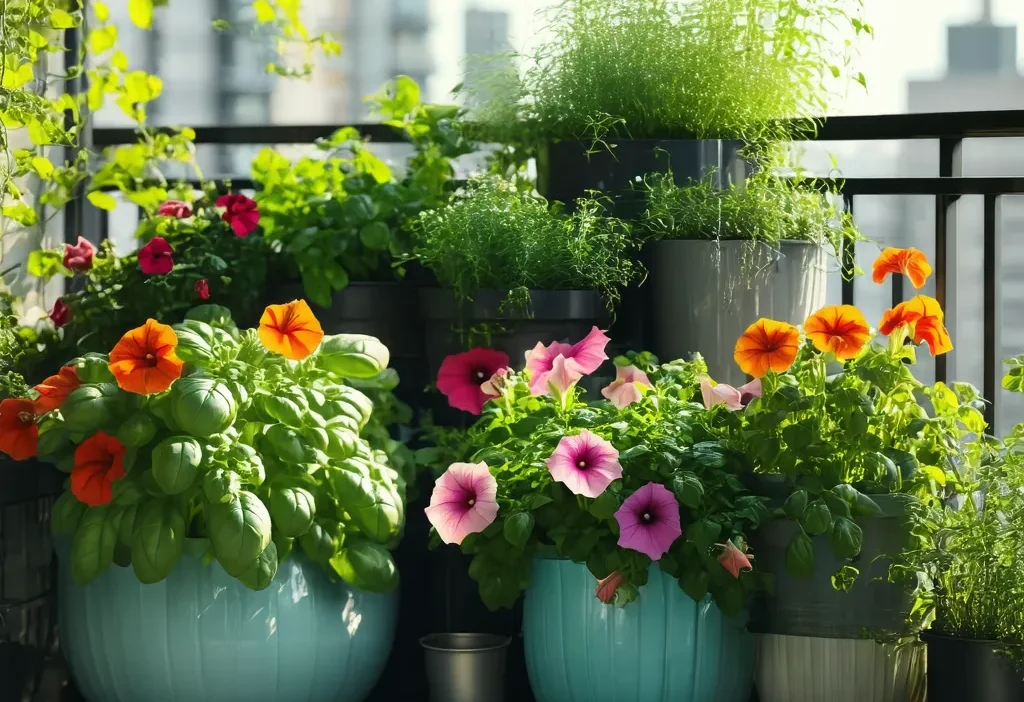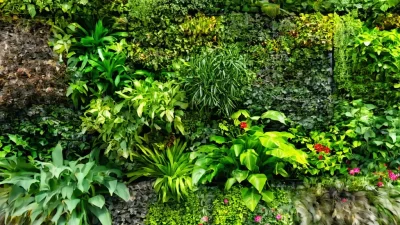Container Gardening: Transforming Small Spaces into Blooming Oases
Gardening doesn’t always require acres of land. In fact, some of the most beautiful gardens are found in the smallest spaces! If you’re passionate about growing plants but lack a traditional garden plot, container gardening is your answer. This versatile approach allows you to cultivate herbs, flowers, and vegetables in pots, buckets, or hanging baskets—anywhere you have space. Let’s dive into the essential tips for successful container gardening.
Choosing the Right Containers
The first step in container gardening is selecting the right vessels for your plants. While it might be tempting to use any old pot, not all containers are created equal. Here’s what you need to consider:
- Size Matters: Ensure your container is large enough to accommodate the plant’s root system. For example, tomatoes require at least a 5-gallon pot, while smaller herbs like parsley can thrive in 1-liter containers.
- Material Options: terra cotta pots are breathable but dry out quickly, while plastic containers retain moisture longer. Choose based on your plant’s needs and local climate.
- Drainage is Key: Every container must have drainage holes to prevent waterlogging, which can kill your plants. Add a layer of gravel or broken pot shards at the bottom to improve drainage.
- Aesthetic Appeal: Containers come in various shapes, sizes, and colors. Mix and match for a visually appealing display that complements your outdoor space.
Selecting the Best Soil
Quality soil is the foundation of any successful garden. For container gardening, choose a lightweight, well-draining potting mix. Avoid using regular garden soil, as it can become compacted and retain too much moisture in containers. Look for mixes labeled as ‘all-purpose’ or ‘for container gardening,’ which are designed to provide adequate drainage while retaining enough moisture for plant roots.
Picking the Right Plants
Not all plants are suitable for container gardening, but there’s a wide variety that thrives in pots. Here are some top picks:
- Herbs: Basil, parsley, cilantro, and rosemary are perfect for small containers. They add fresh flavor to your dishes and can be grown indoors or out.
- Flowers: Impatiens, petunias, and marigolds are colorful additions that bloom profusely in containers. nasturtiums are especially charming with their trailing growth habit.
- Vegetables: Cherry tomatoes, peppers, and leafy greens like spinach can be successfully grown in pots. Choose compact varieties bred for container gardening.
- Fruits: Dwarf citrus trees or strawberries in hanging baskets add a fruity twist to your container garden.
Optimizing Sunlight and Placement
Light is essential for plant growth, so choose a spot that receives at least 6-8 hours of sunlight daily. If you’re in a shady area, consider plants like ferns or hostas that thrive in low light. Remember to move containers as the sun’s angle changes throughout the day to maximize light exposure.
Watering and Fertilizing
Container gardens dry out faster than traditional gardens, so consistent watering is crucial. Check soil moisture daily—stick your finger into the soil; if it feels dry an inch below the surface, it’s time to water. Avoid overwatering, as this can lead to root rot.
Feed your plants with a balanced liquid fertilizer every 2-4 weeks during the growing season. Container soils don’t have the same nutrient reserves as garden soil, so regular feeding ensures healthy growth and abundant blooms or yields.
Maintenance Tips
- Pruning and Deadheading: Keep plants tidy by removing dead leaves and spent flowers. This encourages new growth and extends the blooming period for flowers.
- Rotation: Periodically rotate your pots to ensure all sides receive equal sunlight, preventing plants from leaning in one direction.
- Pest Control: Inspect plants regularly for pests like aphids or spider mites. Treat with insecticidal soap or neem oil if infested.
- Winter Care: In colder climates, move tender plants indoors or protect them from frost. Hardy containers can remain outside but may need extra insulation.
Styling Your Container Garden
Container gardening isn’t just about growing plants—it’s also an opportunity to express your personal style! Mix different heights, colors, and textures for a dynamic display. Consider adding decorative elements like painted pots or trellises for added charm. You can even create themed gardens, such as a Mediterranean herb garden or a vibrant flower border.
Common Mistakes to Avoid
Even experienced gardeners make mistakes. Here are some common pitfalls to watch out for:
- Overcrowding: Don’t pack too many plants into a single container; they need space to grow and breathe.
- Ignoring Drainage: Without proper drainage, containers can become waterlogged, leading to root rot.
- Underestimating Light Needs: Plants need consistent sunlight; don’t place them in spots that are too shady.
- Neglecting Fertilization: Regular feeding is essential for healthy growth in containers.
Conclusion
Container gardening is a fantastic way to bring life and beauty into your outdoor or indoor space. With the right plants, soil, and care, you can enjoy fresh herbs, vibrant flowers, or even vegetables without needing a large garden plot. Start small, experiment with different combinations, and watch as your container garden flourishes into a stunning focal point of your home!
By following these guidelines, you’ll be well on your way to creating a thriving container garden that brings joy and fresh produce or flowers to your life year-round.





